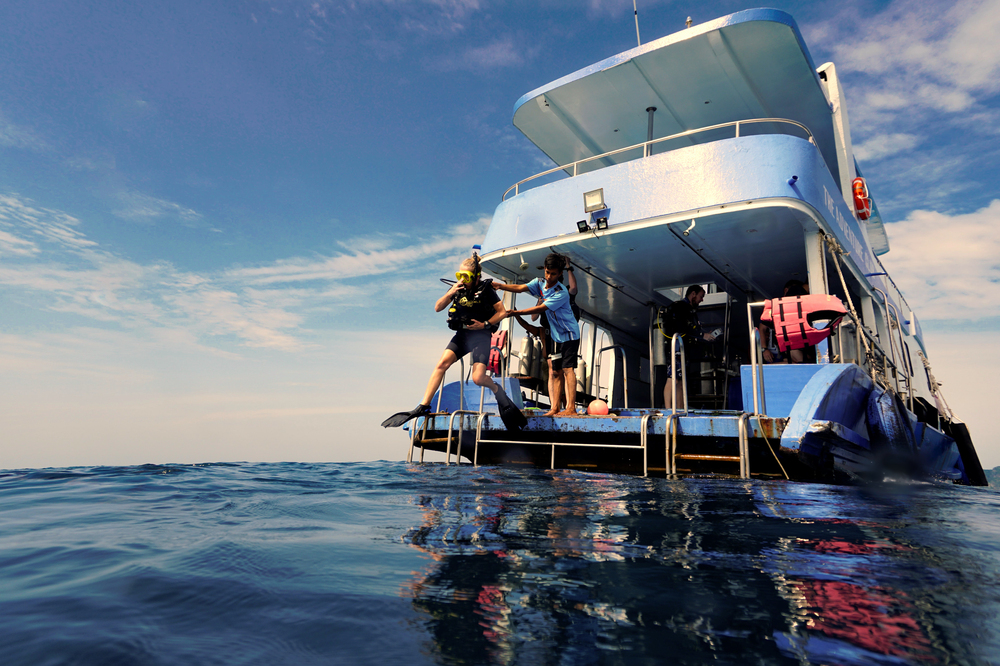In a busy scuba operation, managing resources like boats, instructors, and course schedules can feel like solving a daily puzzle. The stakes are high—miscommunication, overbookings, or missed trips can lead to frustrated customers, exhausted staff, and lost income.
To run a high-performing diving school, you need more than good intentions and whiteboards. You need a reliable, integrated scheduling system that makes logistics feel effortless and scalable.
That’s where a purpose-built dive operations platform like Dive Admin can be transformative. Unlike generic tools or spreadsheets, it’s designed by dive industry professionals who understand the unique rhythm of the underwater world—from fluctuating instructor availability to unpredictable weather and last-minute group bookings.
In this guide, we’ll explore best practices for scheduling boats and assigning instructors, and how you can use digital systems to stay on top of every trip, every day.
Why Smart Scheduling Is Critical for Dive Centres
When you’re coordinating multiple elements: certified divers, beginners, snorkellers, instructors, and boat crews, clarity is king. Poor scheduling can lead to:
- Double-booked staff or boats
- Last-minute scrambles to fill gaps
- Instructors teaching courses they aren’t qualified for
- Trips running below capacity, or being cancelled due to poor planning
Optimising your schedule helps ensure your resources are well utilised, your divers are satisfied, and your team feels supported, not stretched.
The Key Elements of a Well-Planned Dive Schedule
1. Centralised Resource Planning
Whether you’re running daily fun dives or multi-day certification courses, centralising your schedule is non-negotiable. Use a unified dashboard to view:
- All staff assignments
- Boat capacity and availability
- Trip timings and diver numbers
- Instructor qualifications
Avoid managing via separate calendars or message thread, this is where confusion starts.
2. Dynamic Availability Tracking
Your instructors aren’t machines, they need time off, get sick, or change availability. A system that allows flexible scheduling, blocked dates, and role-specific permissions is crucial. You should be able to:
- Set availability in advance
- Match instructors to appropriate dive types
- Reassign roles quickly if someone drops out
3. Real-Time Updates and Team Visibility
Plans shift, weather changes, and last-minute walk-ins happen. Everyone on your team—whether on land or at se, should be able to see the most current version of the schedule from their phone, tablet or laptop. That way, no one is left in the dark.
4. Integrated Booking Sync
Your scheduling tools should talk to your booking platform. When a customer books a spot on a dive trip, it should automatically adjust boat capacity, assign staff, and flag potential conflicts. Manual entry = manual errors.
5. Automated Alerts and Conflict Detection
An intelligent system should warn you before issues arise. For example:
- “This instructor is already assigned elsewhere at that time”
- “Boat A is exceeding maximum capacity”
- “Insufficient guides for this group size”
Automation helps you prevent problems before they impact your divers.
6. Performance Tracking and Adjustments
Look at patterns in instructor usage and trip popularity. Who’s being overused? What types of trips are underbooked? Use this data to optimise staffing, avoid burnout, and increase revenue.
Want to Make Scheduling Simpler?
Dive Admin was built by people who’ve run dive operations just like yours. Whether you operate one boat or ten, manage part-time or full-time instructors, or offer anything from DSDs to Divemaster internships—our software brings order to the chaos.
Start your free trial today and discover just how smooth dive centre operations can be.
FREE DOWNLOAD: Dive Centre Scheduling Checklist
“From Chaos to Control” Dive Operations Planner
Use this checklist to simplify your daily and weekly planning.


